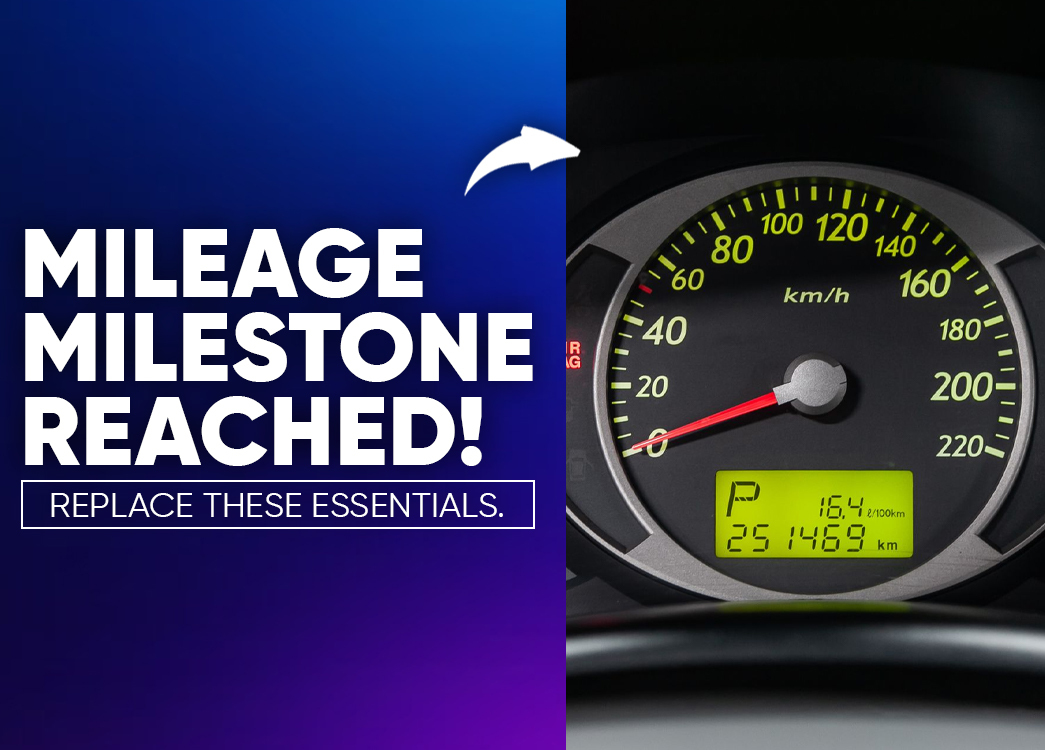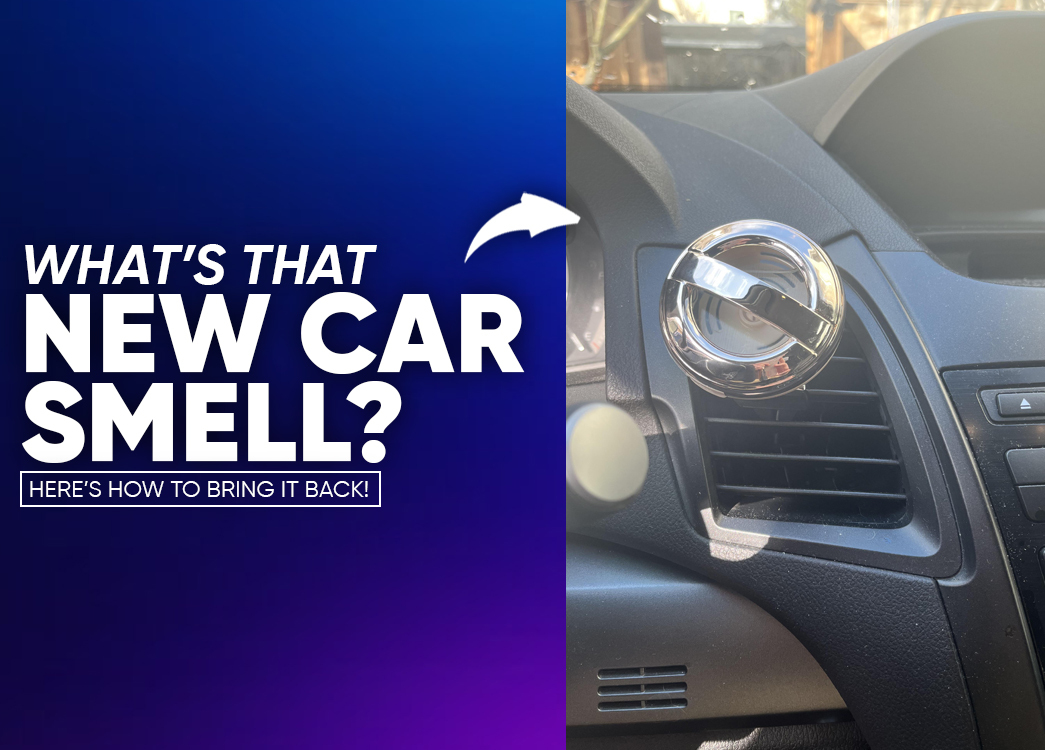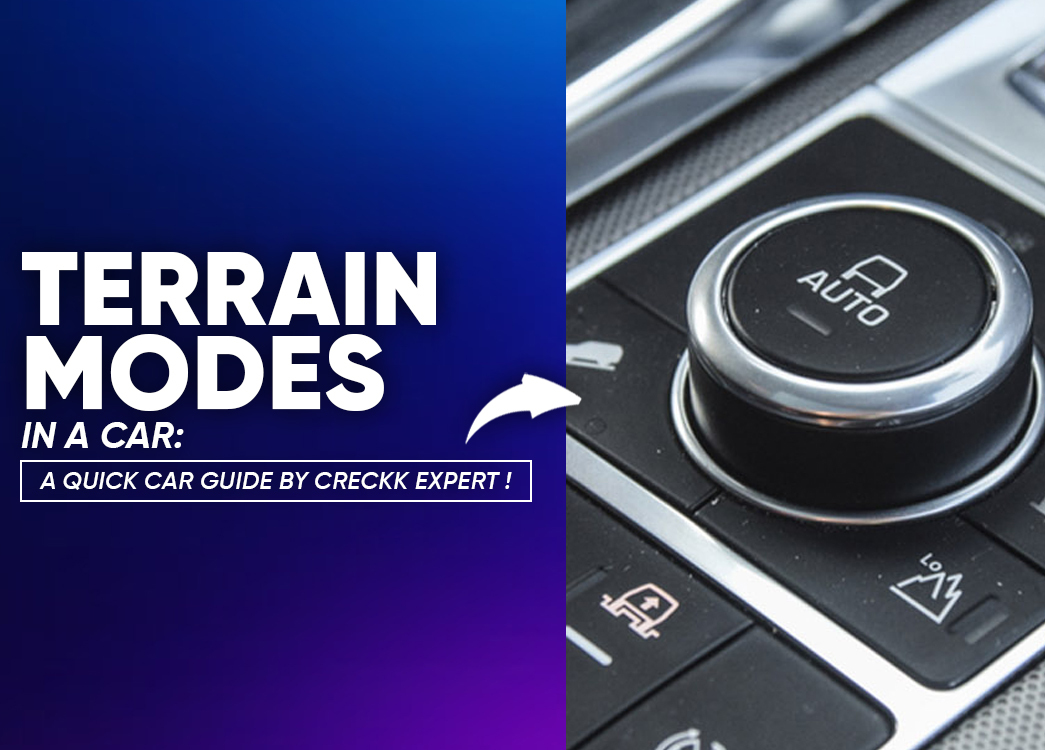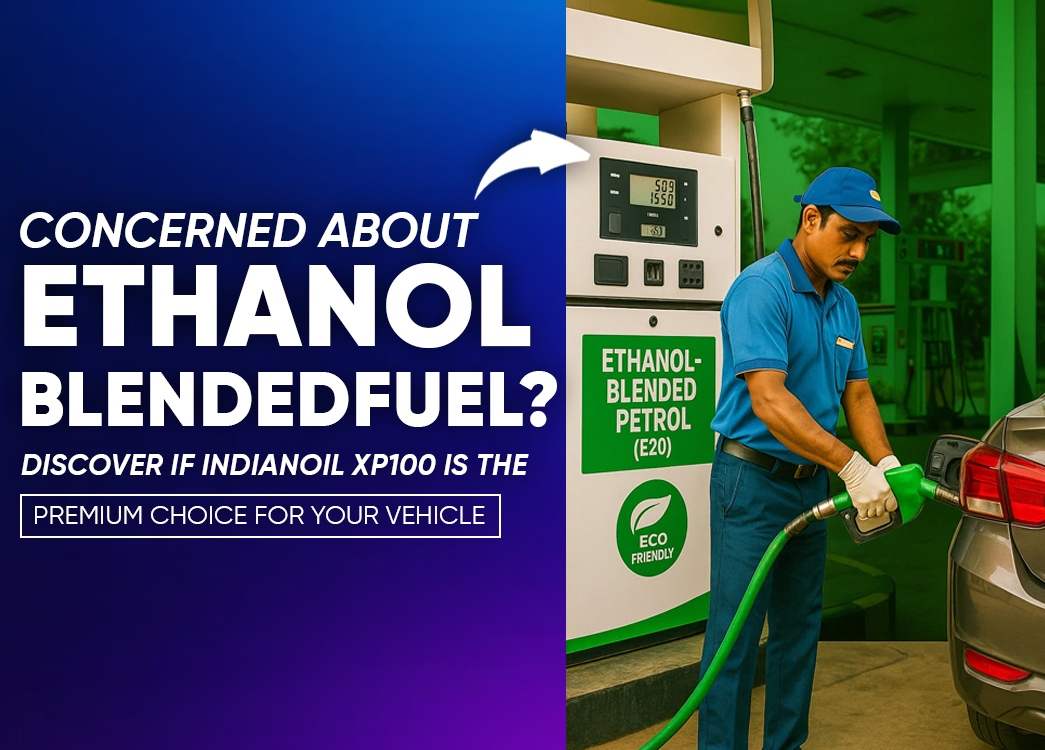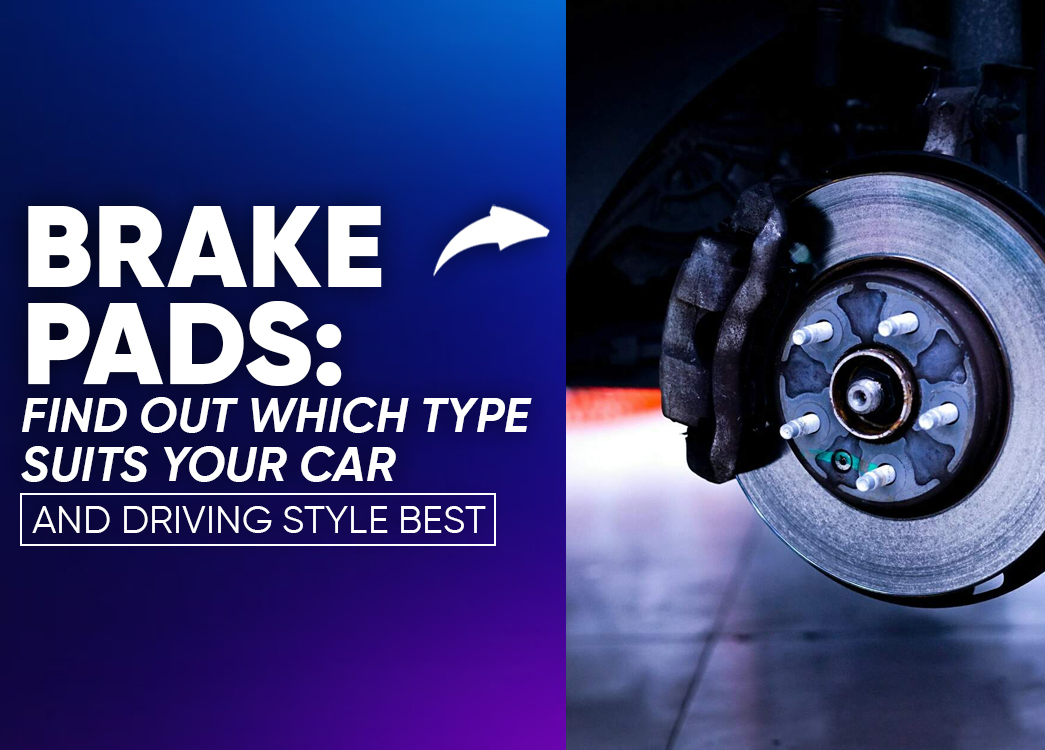
By creckk On 13-08-2025 at 6:57 am
Brake Pads Demystified: Find the Perfect Fit for Your Ride
Why Brake Pads Deserve More Attention
Few car safety components are as vital as your brake pads. While many drivers only think about them during annual checkups or when a grating noise starts, knowing the different types and their uses can seriously upgrade your safety and driving experience.
What Exactly Are Brake Pads?
Brake pads are steel-backed plates with friction material attached. They sit in the brake caliper, facing the rotor. When you press the brake pedal, the caliper clamps the pads onto the spinning rotor, creating friction to slow or stop your car.
The 4 Main Types of Car Brake Pads
1. Semi-Metallic Brake Pads
These contain 30%-70% metal (steel wool, copper, wire) bound with organic resin. Known for endurance and heat resistance, they’re a favourite for high-performance cars.
| Advantages | Disadvantages |
|---|---|
| Excellent heat resistance and durability | Can perform poorly in extreme cold |
| Easier on rotors than ceramic alternatives | Often louder than other types |
| Typically more affordable | Produce more brake dust |
| Strong braking over long periods |
2. Ceramic Brake Pads
Made from ceramic fibres and filler materials, they deliver top-tier performance and quiet operation, especially during heavy braking.
| Advantages | Disadvantages |
|---|---|
| Consistent performance in varied conditions | Higher cost |
| Quieter than most types | Need warm-up for peak performance |
| Cleaner, with less dust | Can wear down rotors faster |
| Longer life than organic pads |
3. Low-Metallic NAO Brake Pads
A blend of organic materials with 10%–30% copper or steel, balancing cost and performance.
| Advantages | Disadvantages |
|---|---|
| Good mix of price and stopping power | Noisy |
| Better heat transfer than organic pads | More dust than ceramic pads |
| Prevents dust build-up that could freeze calipers | Not as durable as ceramic or semi-metallic |
4. Non-Asbestos Organic (NAO) Brake Pads
Made from fibreglass, Kevlar, rubber, and cellulose resins replacing asbestos pads with a safer alternative.
| Advantages | Disadvantages |
|---|---|
| Quiet operation | Wear out faster |
| Softer on brake discs | Not ideal for frequent heavy braking |
| Budget-friendly | Lower performance in challenging conditions |
| Great for mild, everyday driving | |
| Kevlar versions offer better performance |
Choosing the Right Brake Pads for Your Car
Vehicle Type & Weight
| Vehicle Type | Recommended Pads |
|---|---|
| Compact Cars | Organic pads for smooth, budget-friendly performance |
| Medium Cars | Low-metallic NAO for balance |
| Sports Cars | Semi-metallic or ceramic for quick stops |
| Heavy Vehicles | High metal-content or severe-duty pads |
Driving Habits
| Driving Style | Best Choice |
|---|---|
| City Driving | Ceramic pads for longevity and smooth stops |
| Highway Driving | Semi-metallic for efficiency and value |
| Performance Driving | Semi-metallic or high-temp ceramics |
Budget
| Type | Cost | Lifespan | Notes |
|---|---|---|---|
| Organic | Low | Short | Needs more frequent replacement |
| Semi-metallic | Medium | Medium | Balanced performance and cost |
| Ceramic | High | Long | High initial cost, long-term savings |
Conclusion
Match your brake pads to your car, driving style, and budget. Always consult a mechanic and check manufacturer recommendations. Safety comes first—brakes are your best friend on the road.
FAQs
1. Which brake pads last the longest?
Ceramic brake pads generally last the longest due to their durability and heat resistance.
2. Are ceramic brake pads worth the cost?
Yes, if you value quiet operation, clean wheels, and consistent performance, especially for city driving.
3. Do semi-metallic pads damage rotors?
Less than ceramics in most cases, but still harder on rotors compared to organic pads.
4. Which brake pads are best for SUVs?
Heavy vehicles like SUVs benefit from semi-metallic or high metal-content pads for extra stopping power.
5. How often should I replace brake pads?
On average every 30,000-70,000 km, but it depends on your driving habits and pad type.
Related posts
